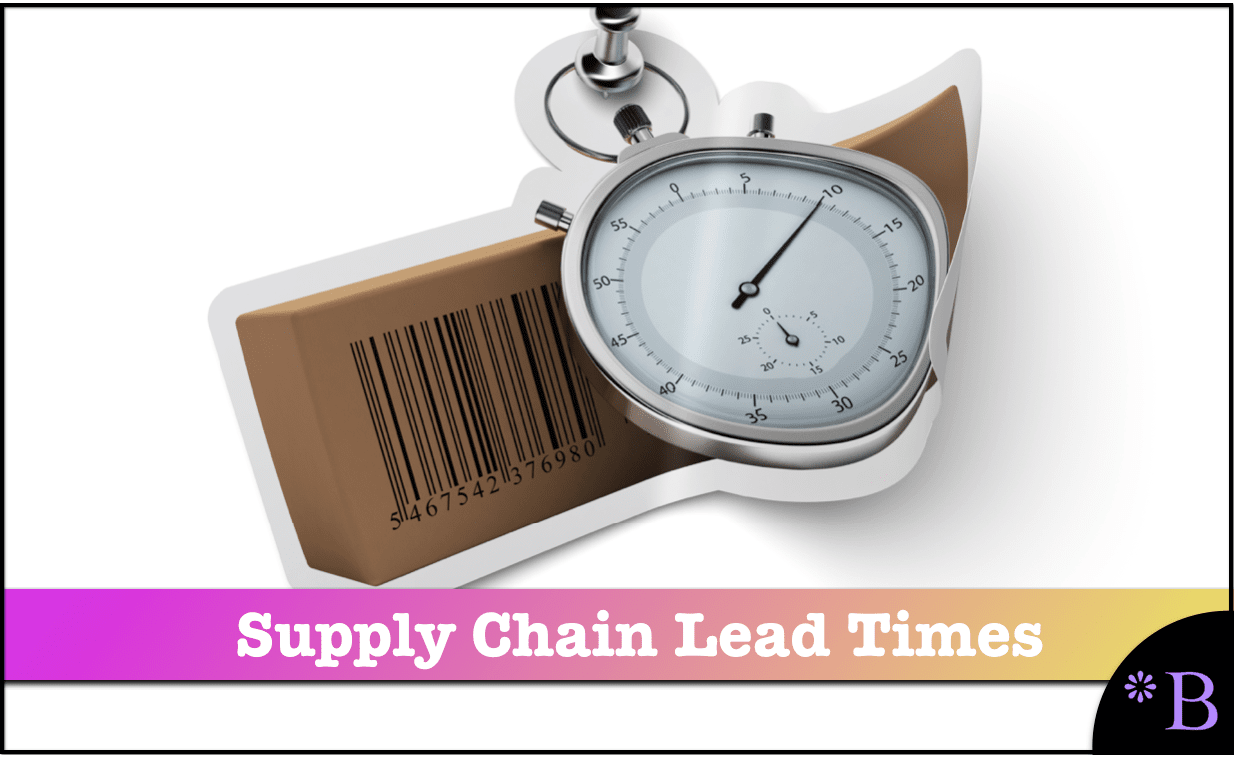How to Understand Transit Times from SAP ECC for APO
Executive Summary
- Transit times are set up in APO and ECC.
- We cover these transit times in both locations.
- We cover the implication of the XO MRP Type and transit time.

The Challenge of Lead Times and Transit Times
Lead times are required by planning systems to effectively:
- Bring in inventory on time to meet future demand.
- Perform available to promise functionality
The difficulty with obtaining lead times from SAP is that they are made up of many individual times that must be aggregated to give the planning system its time.
Our References for This Article
If you want to see our references for this article and other related Brightwork articles, see this link.
Notice of Lack of Financial Bias: We have no financial ties to SAP or any other entity mentioned in this article.
Where Are They Located in APO?
Many advanced planning systems set up their transit times by configuring a network. That is, they set the transit time between all locations in a network. If no transit time is set up, the planning system does look at a movement as something it would plan.
A typical planning system input might look like this:
Location, Ship_To_Location, Transit_Time
Where Are They Located in ECC?
In SAP ECC, specific relationships and transit times are not setup per location.
Rather the inbound transit times are maintained in the material master for all locations. The materials to locations (Plants in SAP terms) are set in the material master when the material is created. (This is referred to as extending the material to specific plants).
The difficulty is that lead times are spread in many areas. The lead times on the procurement side and the outbound side must be considered to come to a total time. For instance, in an ATP calculation, the planning system will need:
ATP Date = Manufacturing Lead Time + Warehouse Processing Time + Inbound Transit Time for Raw Materials + Outbound Transit Time for Finished Goods + Other Associated Processing Times (GR, Staging, etc..)
Where Do Lead Times Originate?
The question is, what is feeding ECC.
In most cases, SAP ECC is not the system of record for lead times. Thus an interesting question becomes whether it makes sense to source these times from SAP ECC or get them from the original system.
The Planned Part Flag
The standard way of flagging a part as internally planned (internal to ECC) or externally planned is the MRP Type. Setting the MRP Type of “X0” means that an external planning engine does planning for the part. This is how planned parts are coded to be planned by APO, but the same field can code any part for external planning.
This is discussed in the book Production Planning SAP APO – PP/DS by SAP Press.
“In ECC, you define the MRP procedure in the MRP type field in the material master. Typical entries in this field are PD for MRP or VB for reorder point planning. However, both these entries are irrelevant for planning materials in APO. If a material is planned in APO, it cannot be planned again in ECC. Therefore, you should select the entry X0 as the MRP type to exclude it from planning in ECC. There is no MRP type in the APO product master. Planning in APO is essentially “requirement-driven” (i.e., it is based on the MRP procedure described above) unless a different procedure is explicitly chosen by applying a corresponding heuristic.” – Production Planning in SAP APO
Implications of the X0 MRP Type
BOM components will still be planned. X0 (ND is what the Material Type should be set to if you don’t want even BOM components planned in ECC)
Missing Lead Times
Interestingly, ECC does not maintain lead times (transit or other) between plants.
This means that these must either be maintained outside of SAP (in the legacy logistics system) or a custom field must be added. The benefit of adding custom fields to SAP is relatively minor in this case, as no other SAP functionality would utilize these fields.
The lack of this field demonstrates the lack of planning orientation of ECC. Not only does it lack a field for the plant to plant lead times, but it also has no repair planning time field either. The basic lead time fields that are included are mostly procurement oriented. They include:
- Total Replenishment Time (combines purchasing time + planned delivery time + goods receipt time)
- Processing Time (Shipping outbound)
- Setup Time (Shipping outbound)